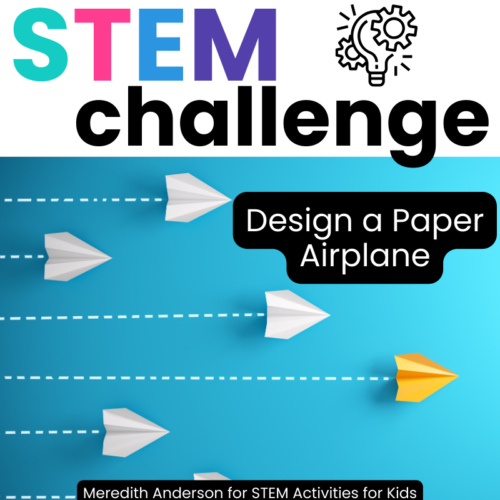
Fly high with paper airplanes! In this paper airplane STEM activity, students will use paper (as well as paper clips and/or tape) to try and create an airplane that flies the farthest.
The allure of flight has captivated human imagination for centuries. From the graceful glide of birds to the marvel of modern aviation, the dream of soaring through the skies has inspired generations.Please note that Meredith Anderson is an Amazon affiliate and this post contains affiliate links. Read the full disclosure here.
Materials Needed for Paper Airplane STEM
- paper
- tape
- paper clips
- downloadable recording pages & more (optional) Paper Airplane STEM
- picture books (optional, below)
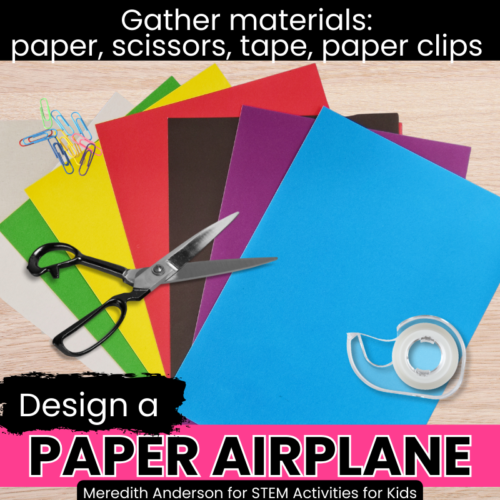
Setting the Scene with Flight Picture Books and Read Alouds
Before starting on the paper airplane STEM challenge, set the scene with inspiring picture books and read alouds. Here are a few books to check out:
- “Flight School” by Lita Judge (lower elementary)
- “Flying Free: How Bessie Coleman’s Dreams Took Flight” by Karyn Parsons (lower through upper elementary)
- “Fly High!: The Story of Bessie Coleman” by Louise Borden (lower through upper elementary)
- “To Fly: The Story of the Wright Brothers” by Wendie Old (lower through upper elementary)
- “Amelia and Eleanor Go for a Ride” by Pam Muñoz Ryan (upper elementary through middle school)
- “The Wright Brothers: Pioneers of American Aviation” by Quentin Reynolds (upper elementary through middle school)
Discuss Important Background Concepts for Paper Airplane STEM
I always start off STEM challenges by introducing science concepts, either by demonstration, discussion or video! There are so many videos available on YouTube (check out this SciShow Kids video on How Airplanes Fly), why not make use of them to discuss things like:
- Aerodynamics: Dive into the science of aerodynamics, exploring how air interacts with objects in motion. Discuss concepts like lift, drag, thrust, and weight, demonstrating how these forces influence the flight of paper airplanes.
- Paper Plane Design: Encourage students to experiment with various paper airplane designs, considering factors such as wing shape, size, and weight distribution. Guide them in understanding the importance of balance and symmetry in achieving stable flight. You’ll want to start off by demonstrating basic folding and creasing techniques with paper! You might be surprised how many kids haven’t practiced lining up edges to fold paper before.
- Flight Path Analysis: Challenge students to predict and analyze the flight paths and distance their paper airplanes will go. Explore concepts of trajectory, velocity, and angle of launch, encouraging critical thinking and observation skills.
- Measurement and Data Analysis: Incorporate math skills by having students measure flight distances and record their data. Guide them in analyzing their results, identifying patterns, and making connections between design variations and flight performance.
- Problem-Solving and Iteration: Foster a growth mindset by encouraging students to view failures as opportunities for learning and improvement. Challenge them to iterate on their designs, making adjustments based on experimentation and observation. They may choose to make simple adjustments such as adding a paper clip or tape, or start over with a new design.
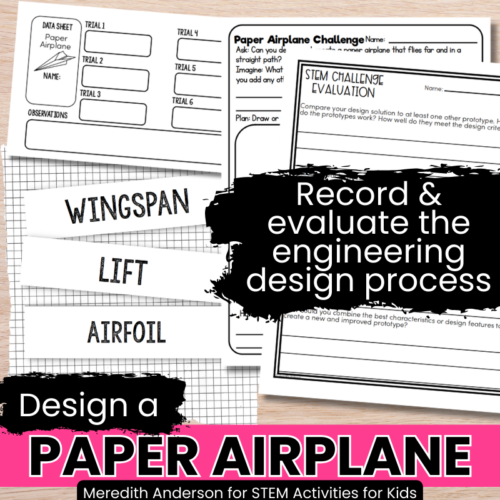
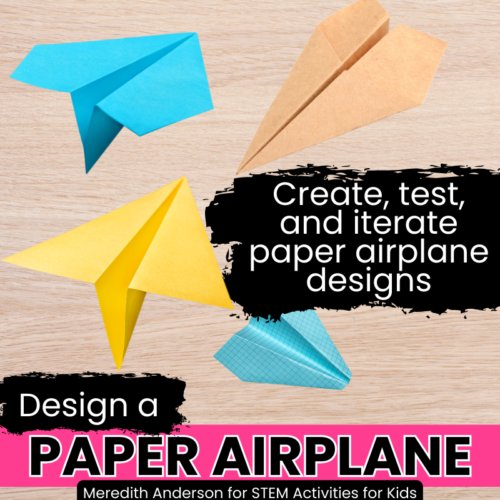
Get the Paper Airplane STEM Activity Kit!
The paper airplane STEM challenge offers the perfect hands-on way for engaging students in STEM learning while celebrating the rich history of aviation. Get all the tools you need to make this paper airplane STEM activity a hit by grabbing this download! I’ve included:
- Teacher notes and lesson objectives
- Background vocabulary (“Talk Like an Engineer” cards)
- Recording pages for students to follow the engineering process and record their data
- Reflection page and rubric
- Optional research project
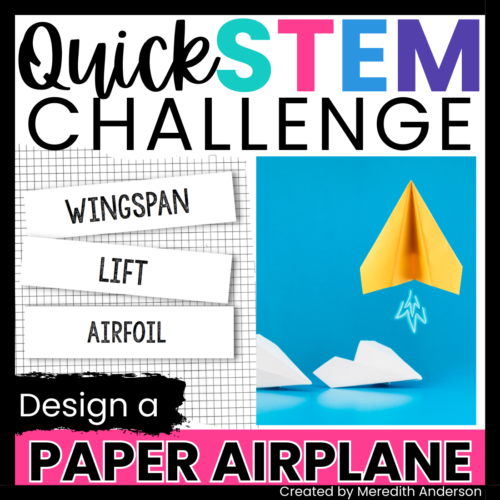
I just know you’ll love this challenge. You can repeat the challenge again later on with different materials to see how it goes (use newspaper for giant airplanes or Post-It / sticky notes for tiny planes). One teacher writes, ⭐⭐⭐⭐⭐ “My students enjoyed this activity so much. I loved to see them learn and have so much fun at the same time it also helped them better their teamwork.”

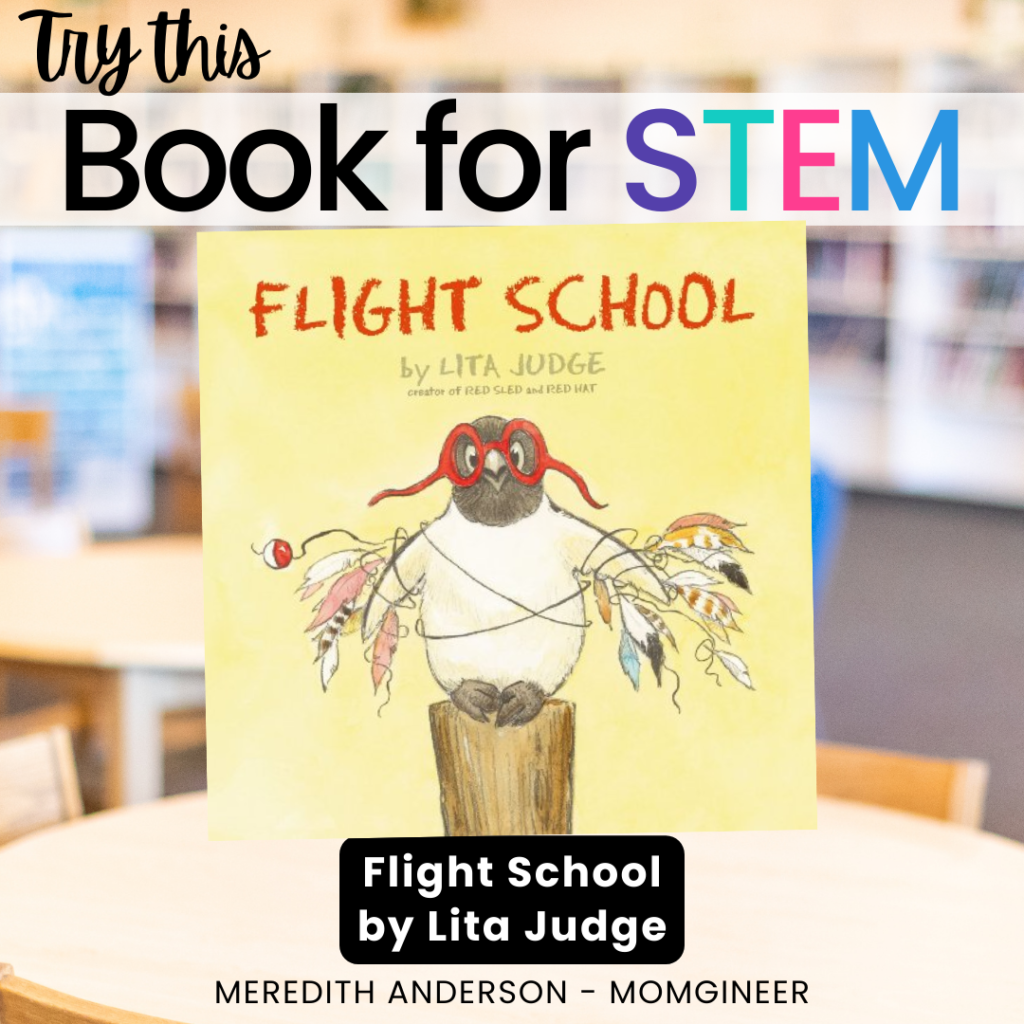
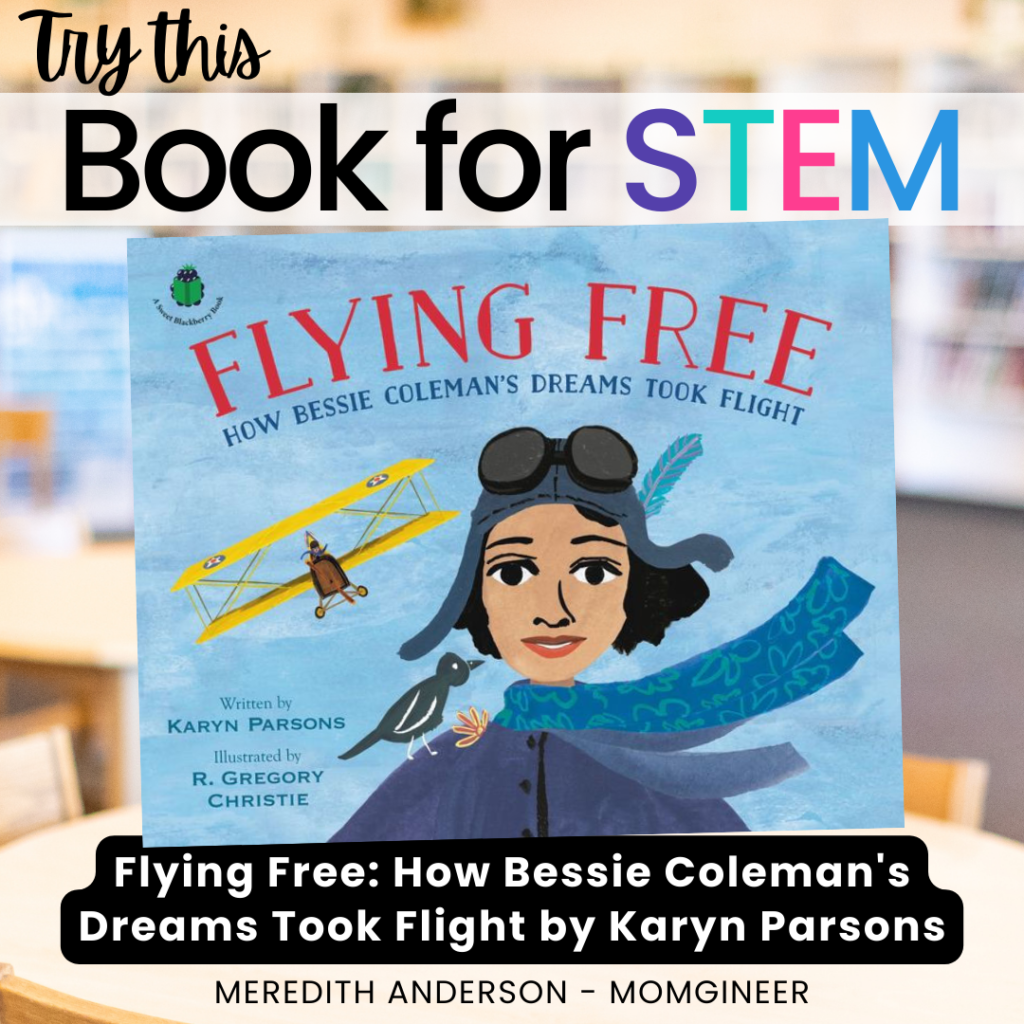
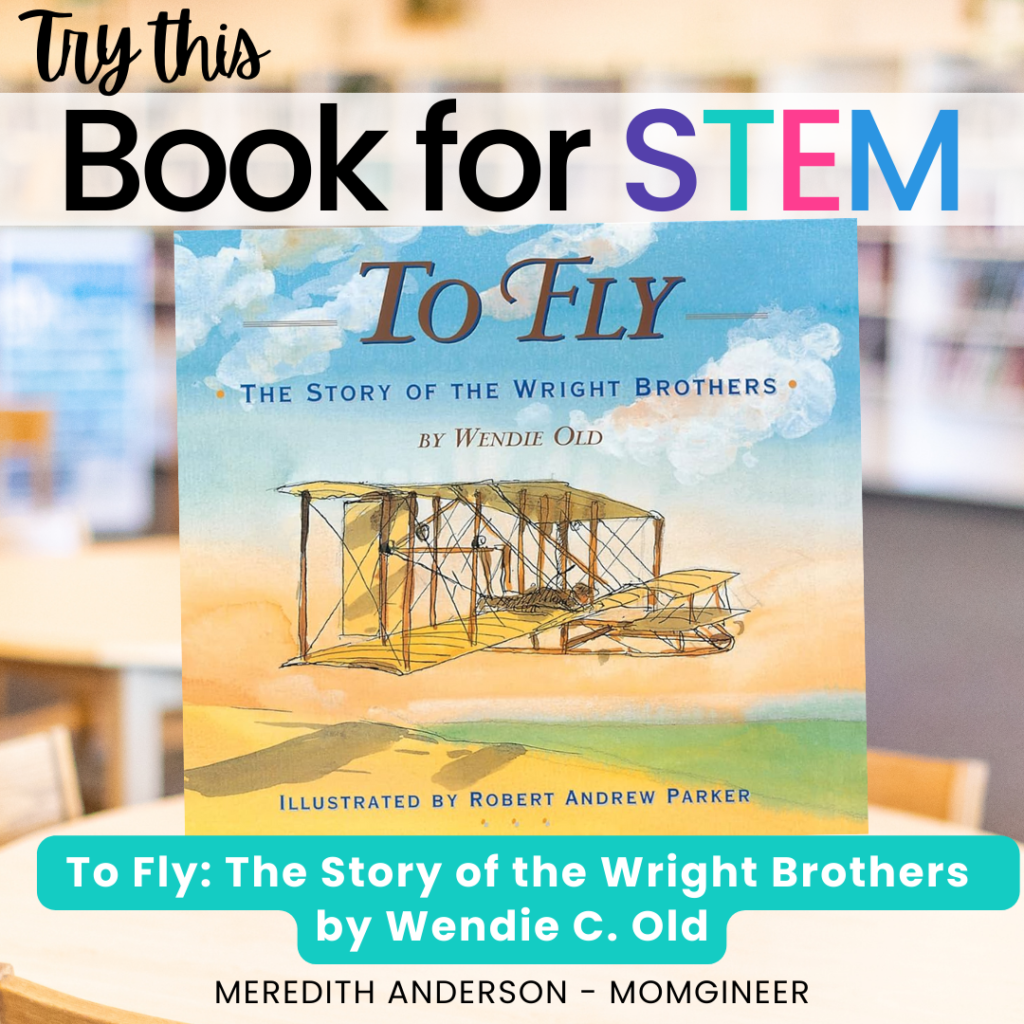
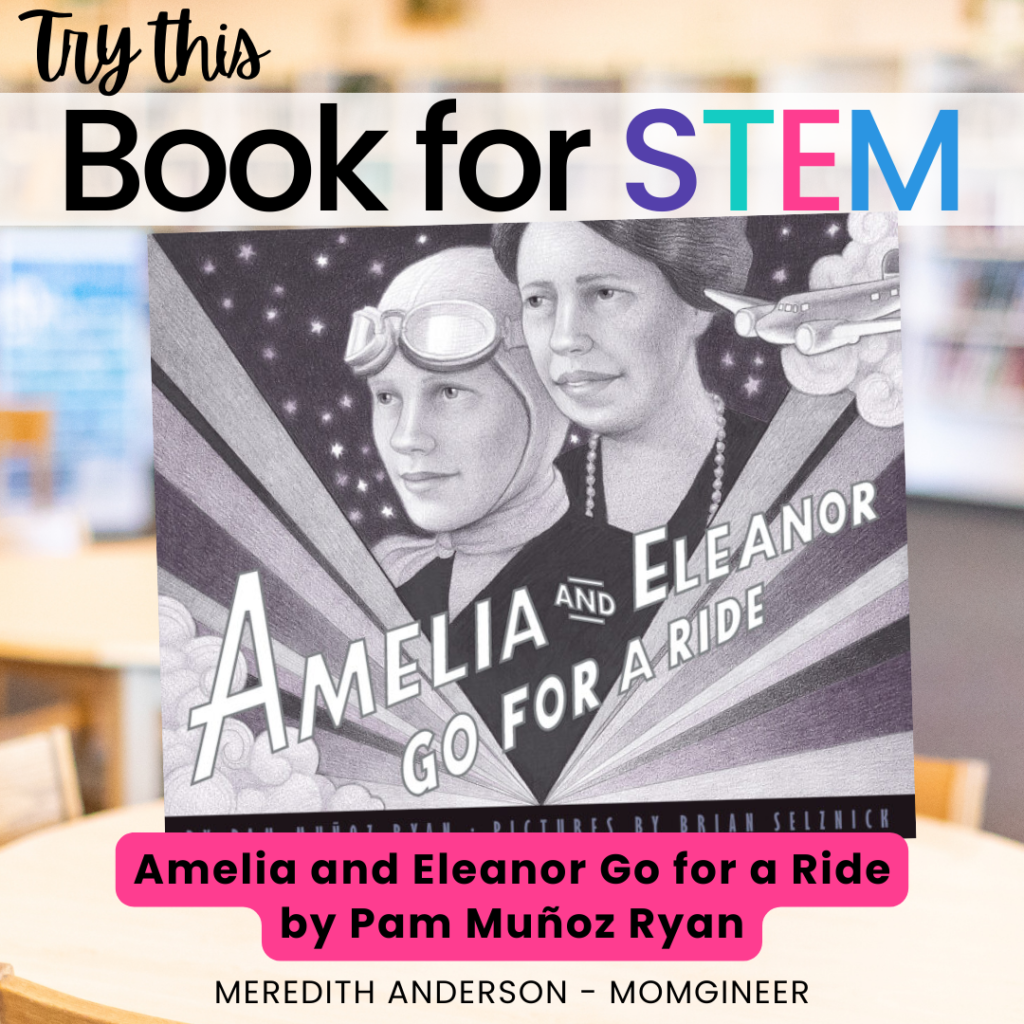


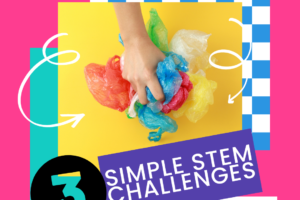
Leave a Reply
Your email is safe with us.